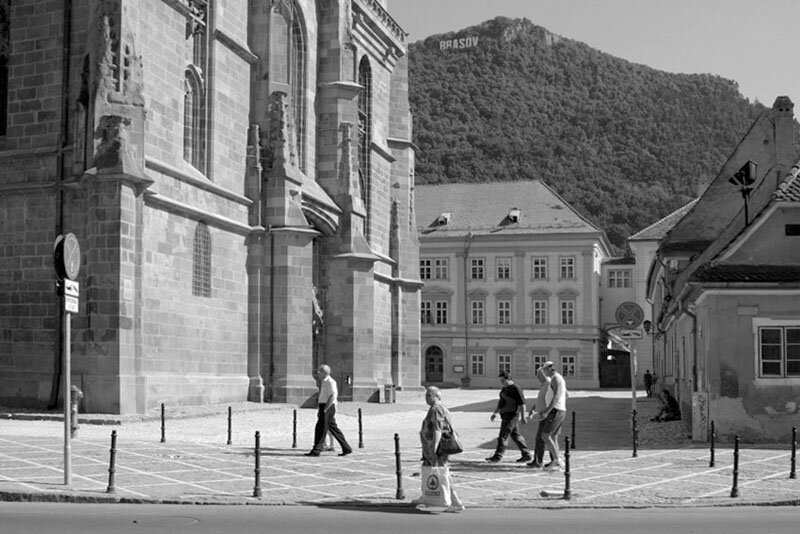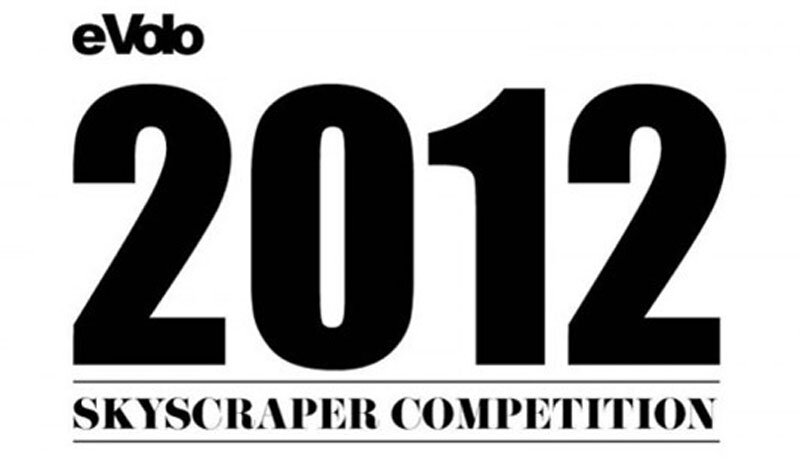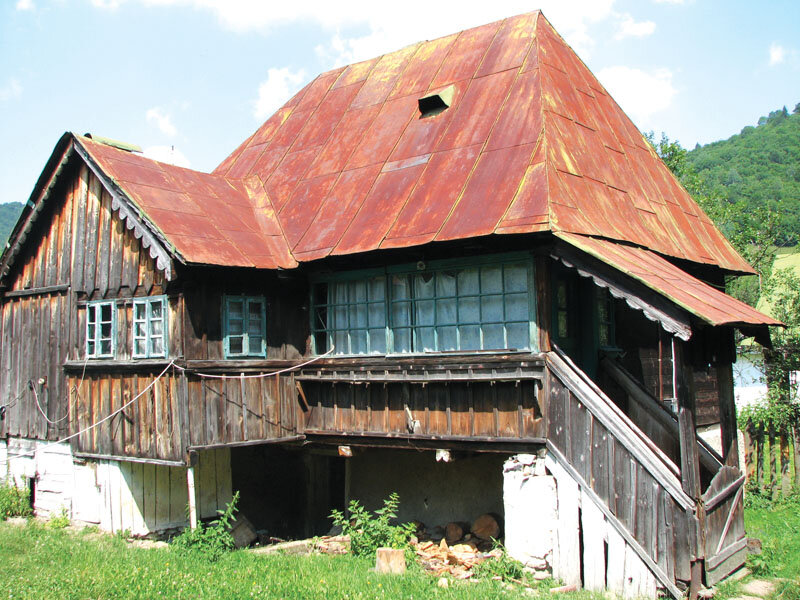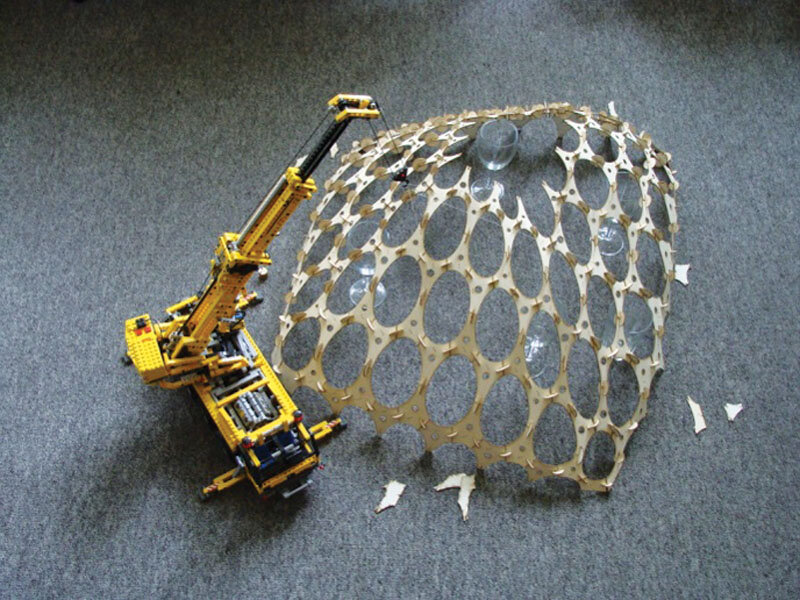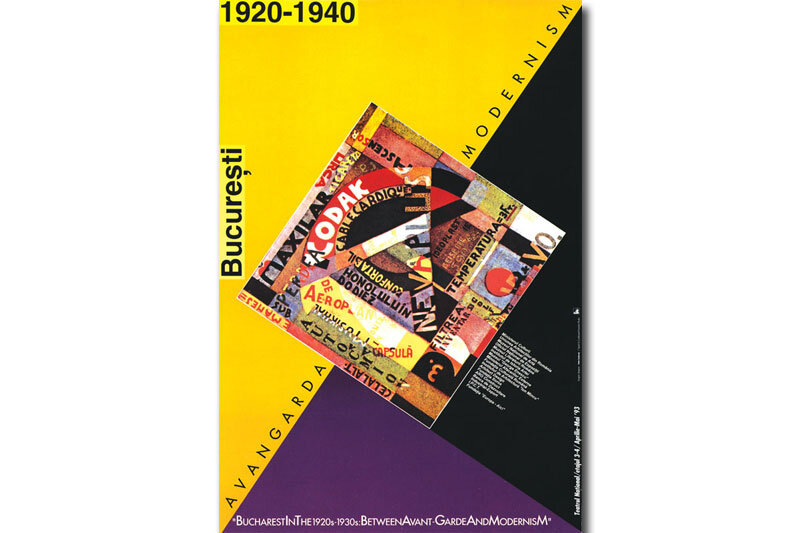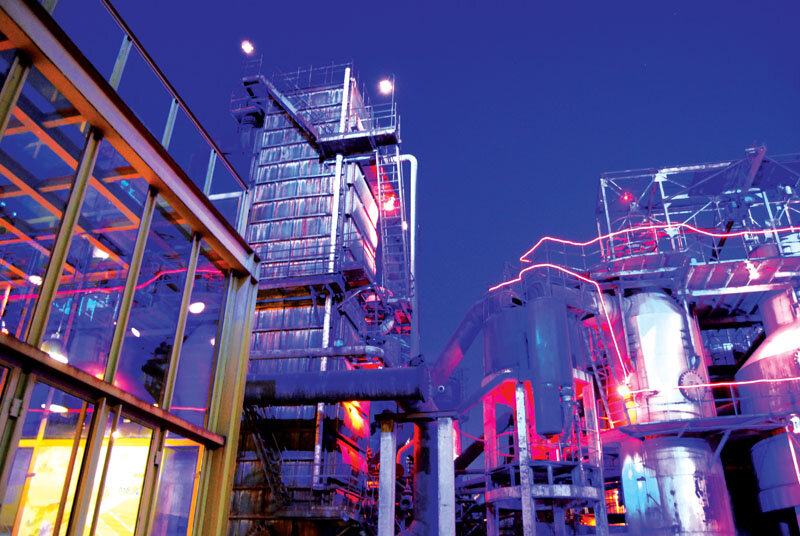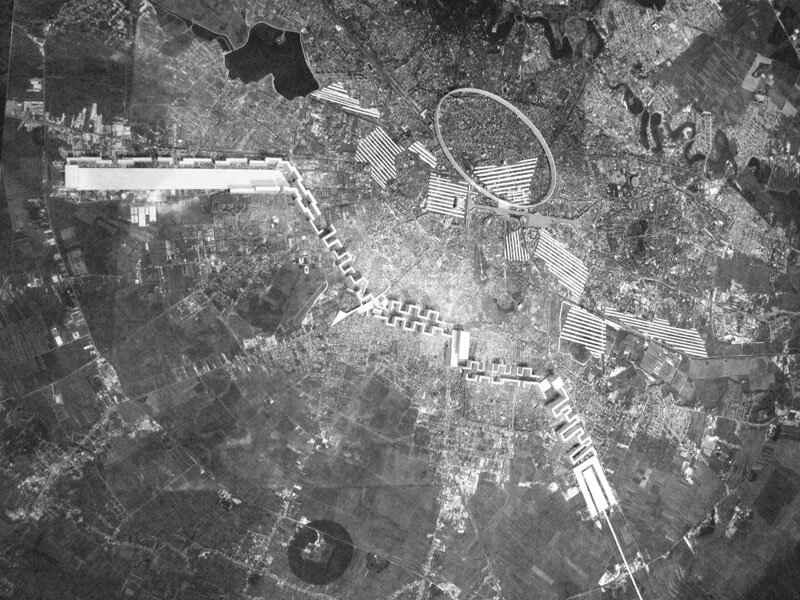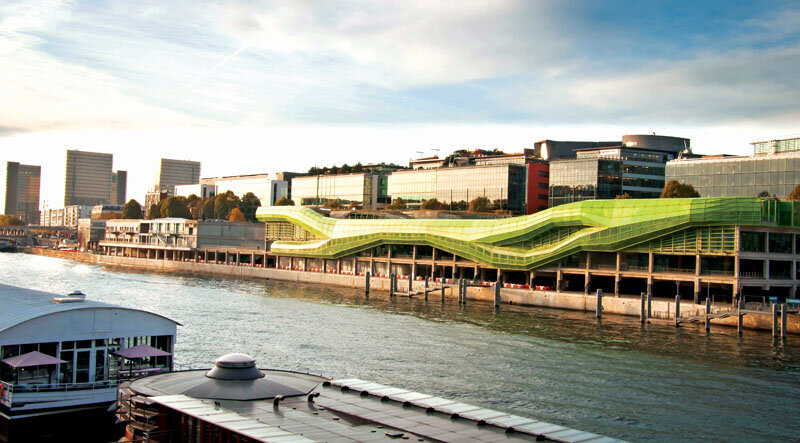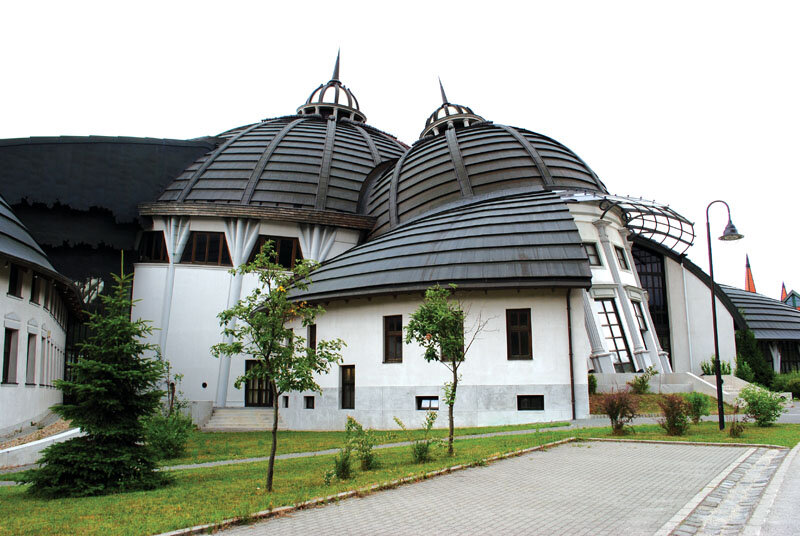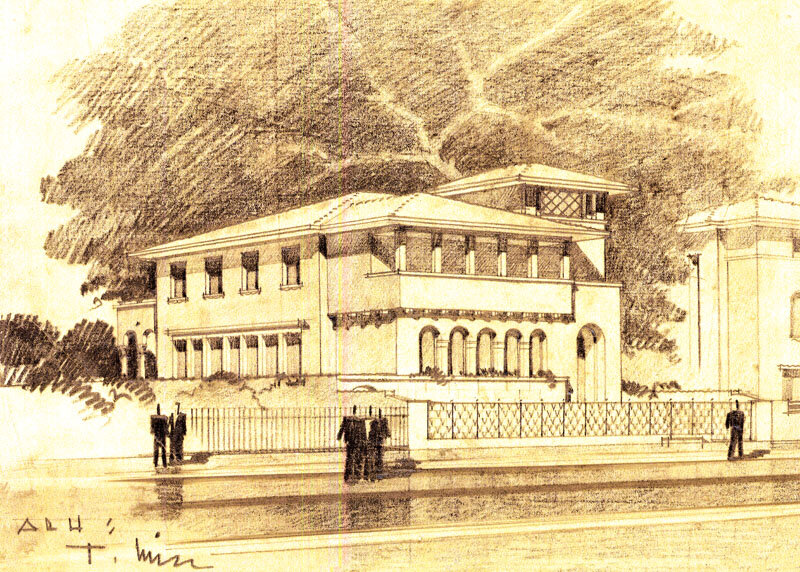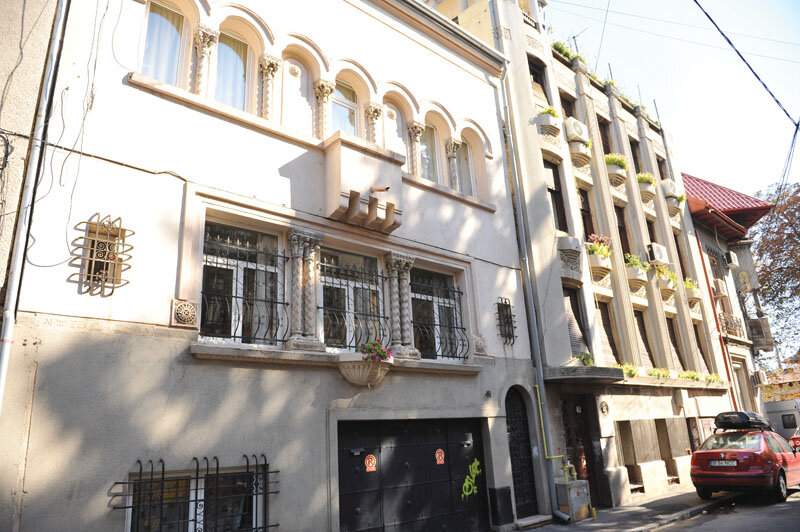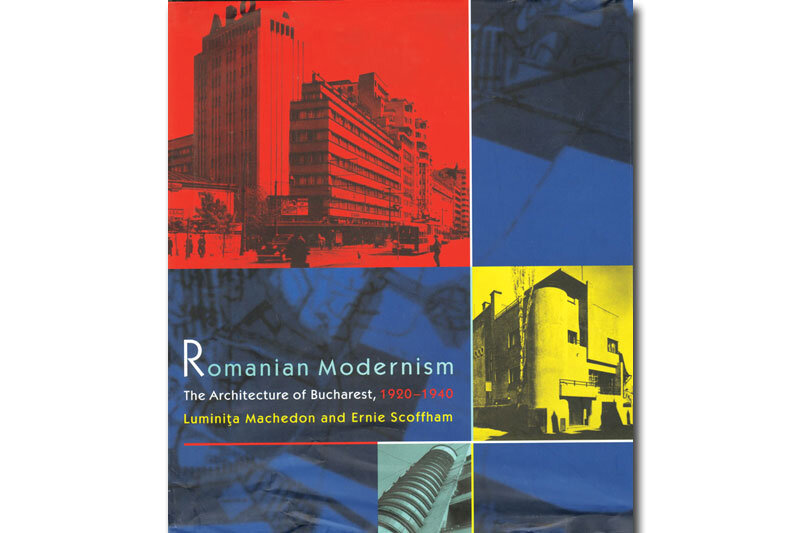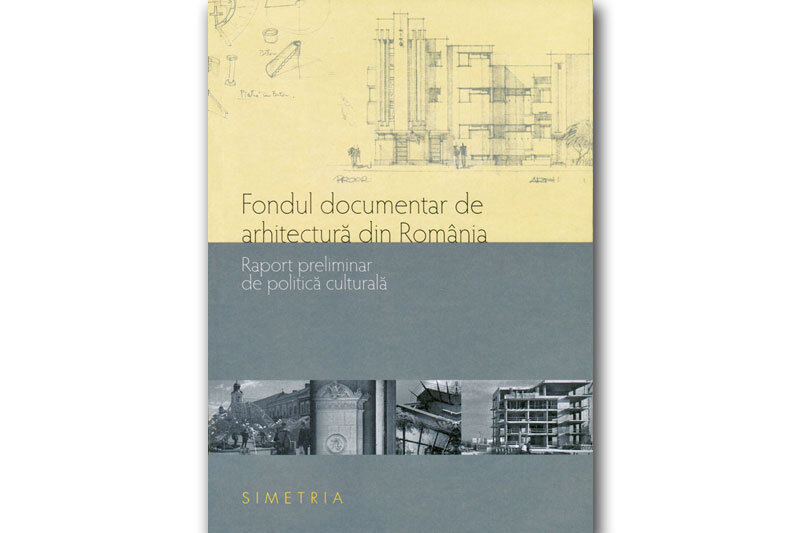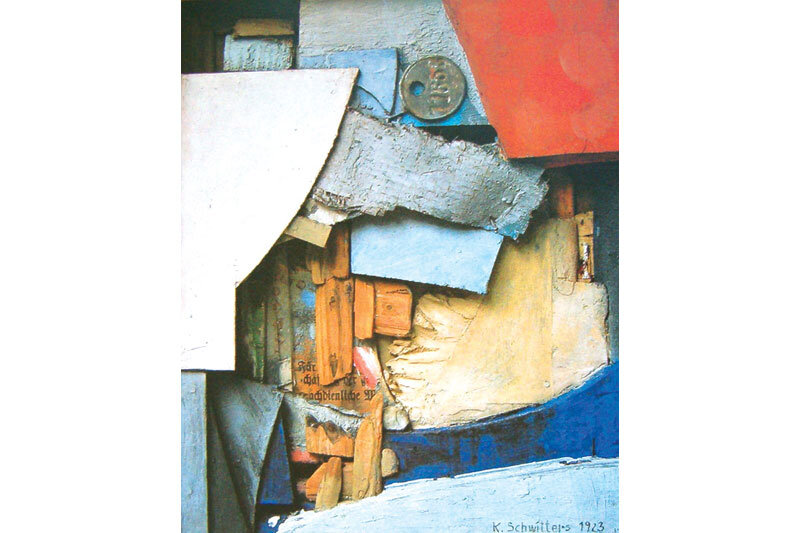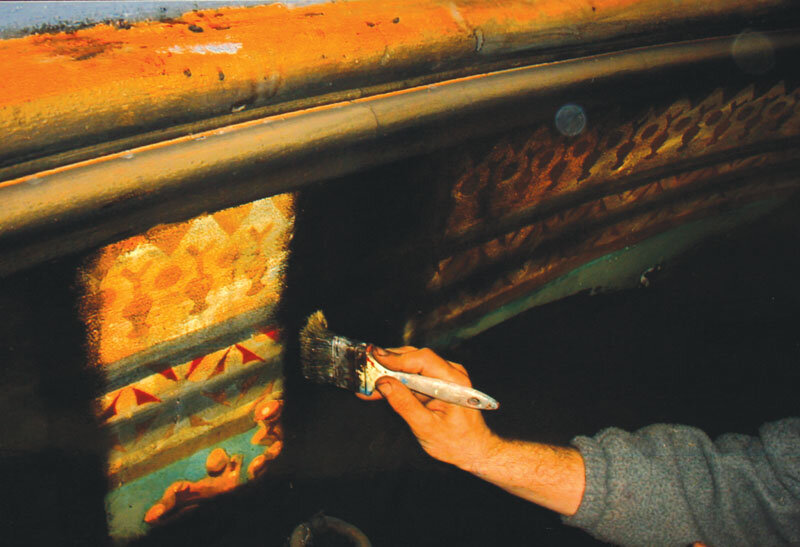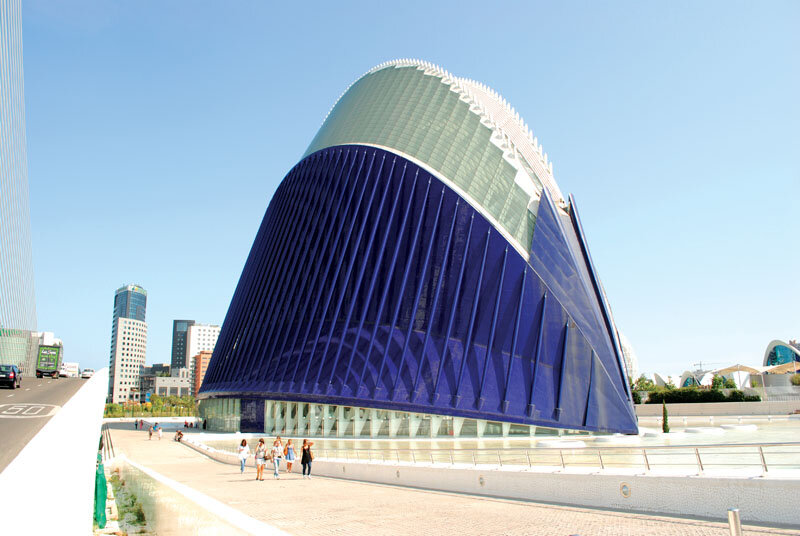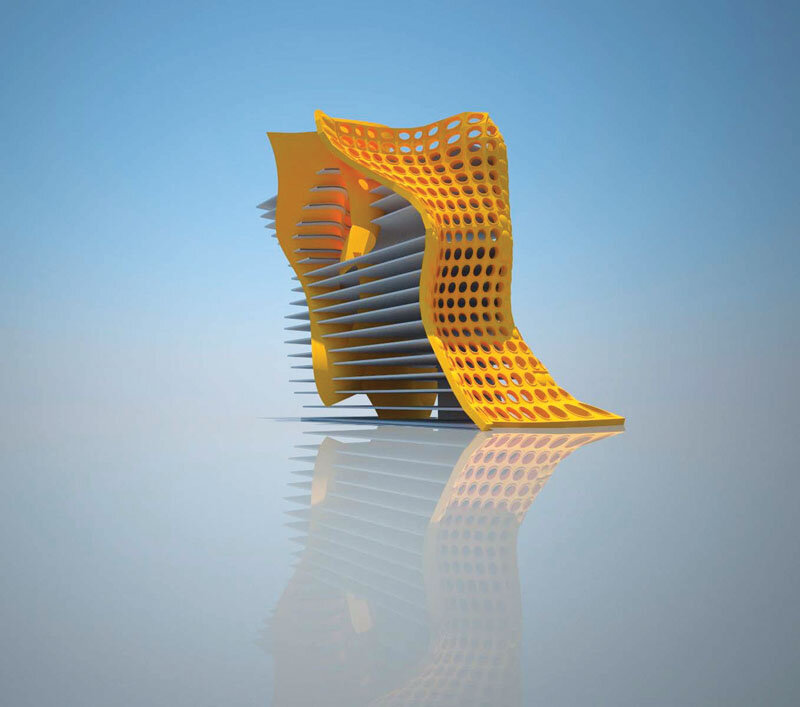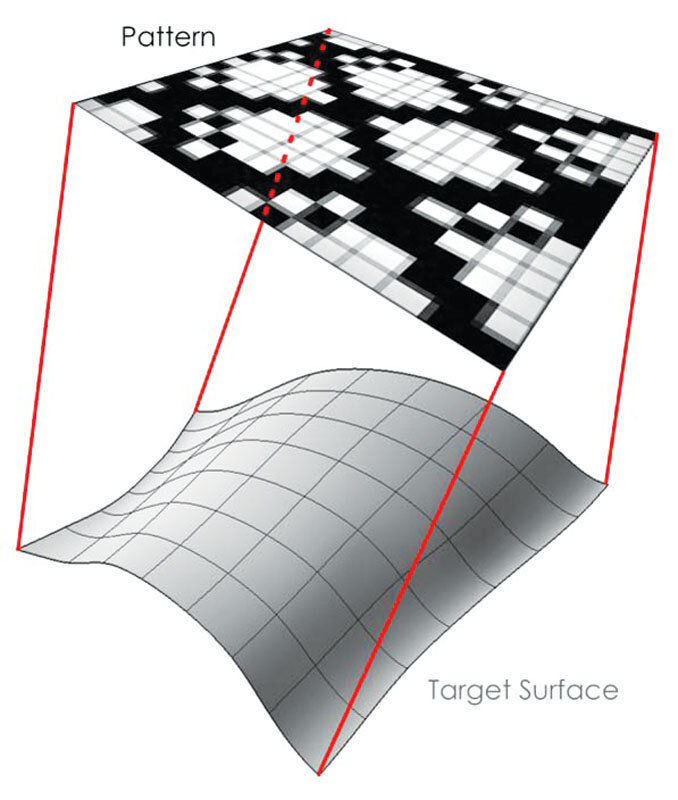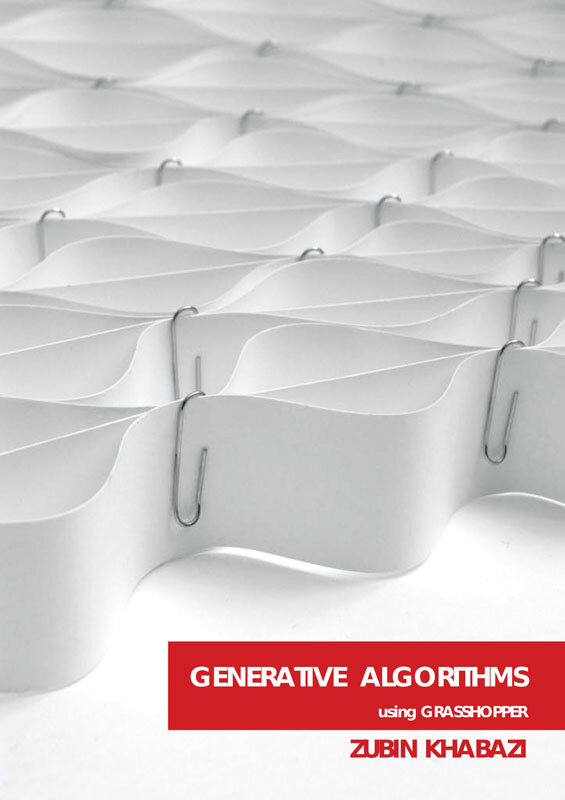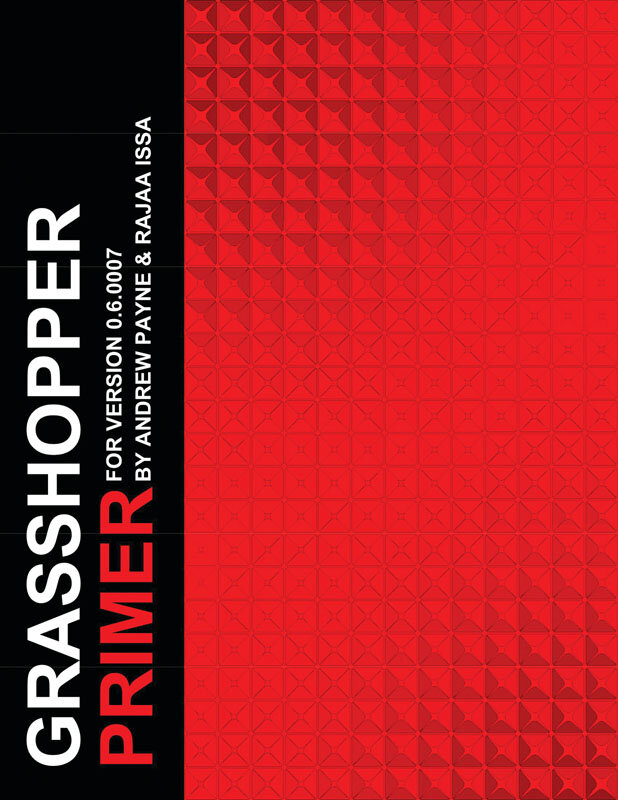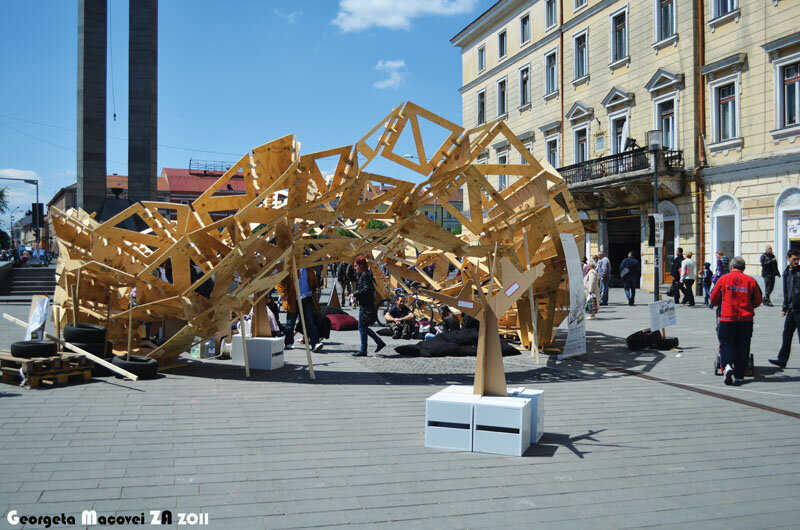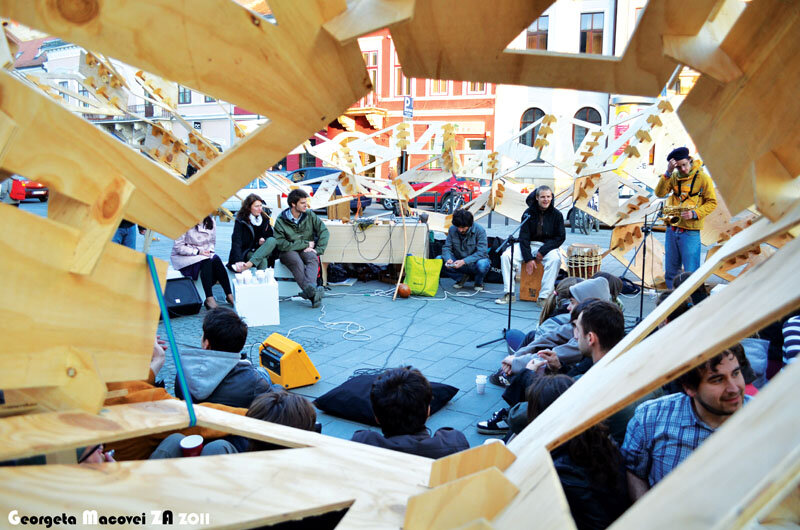
Tentația arhitecturii parametrice
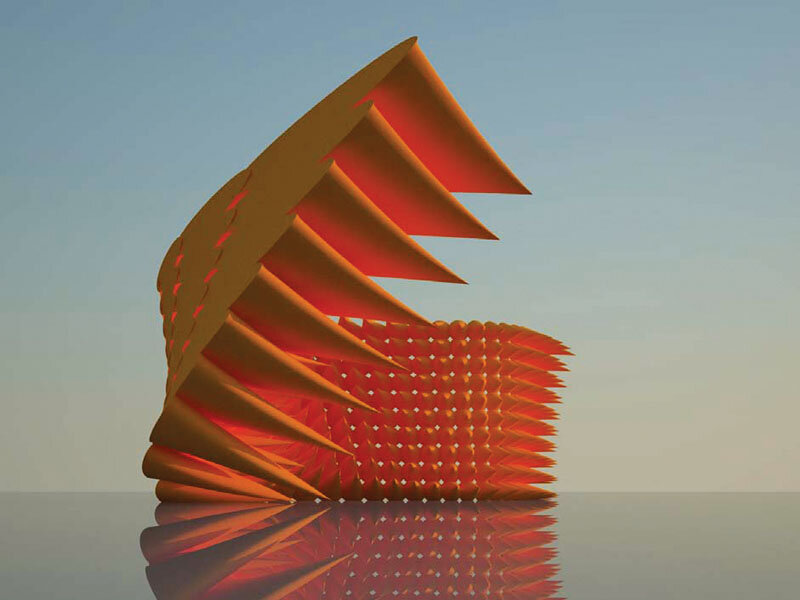

The Temptation of Parametric Architecture
| Un număr recent din revista Arhitectura (nr. 3/ 2011) conținea un calup consistent de materiale legate de arhitectura parametrică și ni se pare interesant să intrăm, cât de cât, în adâncimea subiectului, întrucât datorită acestei configurații asistăm la o reîntețire a entuziasmului și a manifestărilor legate de „arhitectura pe calculator”.
Este cvasiunanim recunoscut că artefactul ar fi rezultatul materializării ideii cu ajutorul uneltei și de aceea, și în arhitectură, sunt consacrate abordări pornind de la determinismul materialului și tehnicii de realizare a acesteia din anumite epoci/teritorii. Mult mai puțin numeroase sunt abordările corespondențelor dintre uneltele/tehnicile de desen și proiectare și expresia arhitecturală deși este vizibilă „liniștirea” arhitecturii în Renaștere, când arhitecții recurgeau la perpectivele cu 1-2-3 puncte de fugă, avântul perspectivelor cavaliere după ce artileria a „îngropat” sistemele de fortificații Vauban, predilecția moderniștilor pentru axonometriile izometrice care stăpâneau imbricările de volume, reabilitarea „cașcavalului” de picturalismul postmodern ș.a. Computerul nu putea să facă excepție și utilizarea sa în arhitectură are deja o istorie, pe care se înșiruie: misionarismul și promisiunile (uneori fără acoperire reală în epocă) eliberării creativității, primele programe gen „plat-rechauffe” din industriile navală și de confecții, primele programe „ergonomice”, dualitatea CAD-CAM, revoluția BIM și recenta arhitectură parametrică. Ar fi deci oarecum un loc comun acela că arhitecții, pictorii și scriitorii ar fi lucrat dintotdeauna cu spații imaginare, rămânând însă întrebarea care ar fi tehnicile de reprezentare care mai au sens în ziua de azi și cât de importante sunt aceste tehnici pentru modul în care definim și creăm arhitectura? (personal, am arătat în mai multe rânduri cum computerul predispune la „colaj”, despre care unii chiar afirmau că ar fi o proprietate a postmodernității). |
| Citiți textul integral în nr 5 / 2011 al Revistei Arhitectura. |
| A recent issue of Arhitectura magazine (namely issue No. 3/2011) featured an important number of articles on parametric architecture and therefore we thought it might prove quite interesting to explore the depth of this topic to the extent possible, because it is this configuration that has led to a revival of the enthusiasm and endeavors relating to „computer-assisted architecture”.
It is almost universally recognized that artifacts stand for the materialization of an idea with the help of the tool; this is why architecture as well establishes approaches which start from the determinism of material and achievement technique characteristic of specific eras/territories. Far less numerous are the approaches focusing on the correspondences between drawing and design tools/techniques and architectural expression; and this, despite the visible “peace” reached by architecture during the Renaissance period, when architects resorted to perspectives with one, two or three vanishing points, the rise of cavalier perspectives after the artillery buried the Vauban fortifications system, the propensity of modernists for isometric axonometries which reigned over volume imbrications, the rehabilitation of “cheese” by postmodern pictorialism etc. The computer couldn’t have been an exception, and its use in architecture already has a long history which boasts such achievements as missionary work and the promises (occasionally devoid of any genuine foundation) to set creativity free; the first “plat-rechauffe” type of programs in the naval and clothing industries, the first “ergonomic” programs, the CAD-CAM duality, the BIM revolution and the recent parametric architecture. Therefore, it would be a truism to say that architects, painters and writers have always worked with imaginary spaces; the question which, however, lingers on is what would be the representation techniques that continue to make sense today and how important are they to the manner in which we define and create architecture? (Personally I have remarked on several occasions how computer favors “collage”, claimed by some to be a property of post-modernity). |
| Read the full text in the print magazine. |

